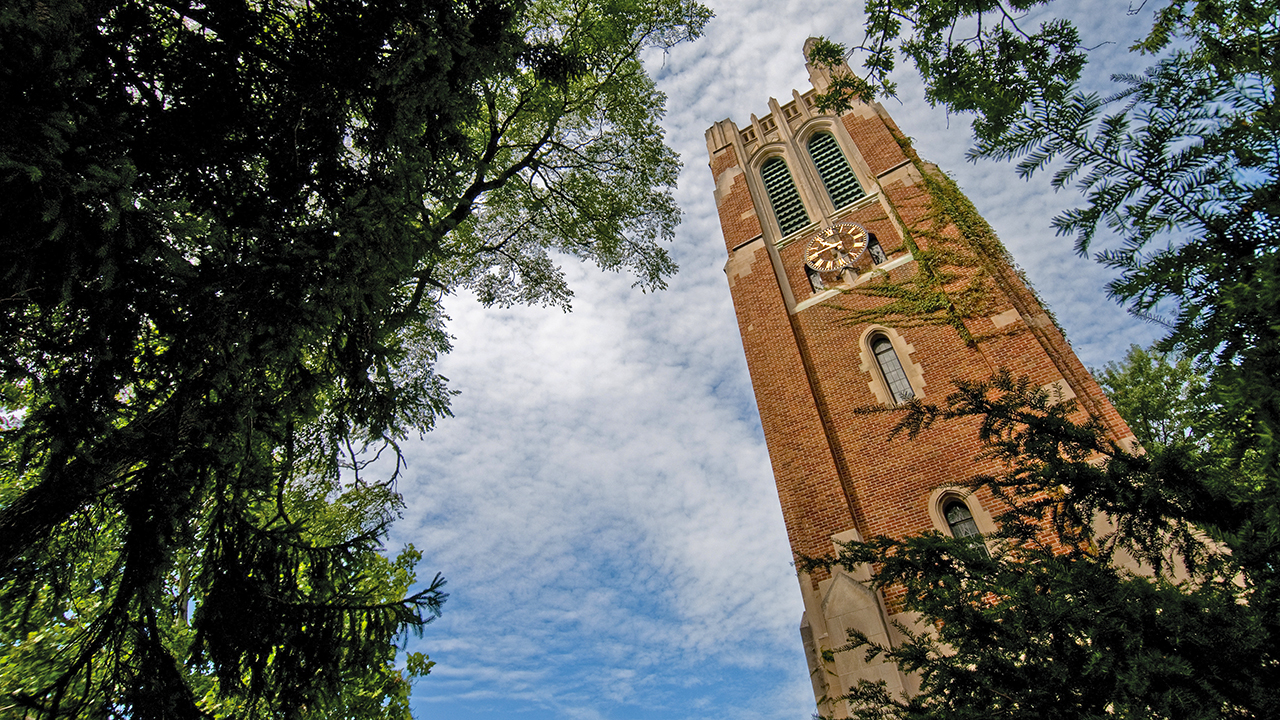
The Michigan State University College of Osteopathic Medicine earned the No. 1 ranking in the nation from U.S. News & World Report for the medical school with the most graduates practicing in health professional shortage areas. The ranking reflects the college’s strong history of training Doctors of Osteopathic Medicine (D.O.s), physician-scientists (D.O.-Ph.D.s) and physician assistants (PAs), as well as supporting people and communities in need.
Of the college’s graduates, 52.5% work in these areas meeting the needs of people and their communities, including the most vulnerable patients and communities.
“This ranking is a reflection of the dedication and work of the MSU College of Osteopathic Medicine and our focus on education, research and service,” said Joyce deJong, D.O., dean of the college. “Osteopathic medicine is focused on the whole person, so it is natural that those who are interested in osteopathic medicine find ways and opportunities to serve people and meet their healthcare needs.”
In addition to the No. 1 ranking, the college earned a No. 14 ranking for the most graduates practicing in primary care and No. 58 for the most graduates practicing in rural areas.
As of 2024, the college has graduated about 7,900 D.O. physicians – 83 of those doctors are physician-scientists, graduating with a D.O.-Ph.D. The college will graduate its first PA class in August.
Historically, about 75% of the college’s graduates stay in Michigan for residency and remain after residency working as physicians and helping to meet the primary care health needs of Michigan residents.
Health Professional Shortage Areas (HPSA) designations are used to identify areas and population groups within the U.S. that are experiencing a shortage of health professionals.
By Terri Hughes-Lazzell
The Michigan State University College of Osteopathic Medicine earned the No. 1 ranking in the nation from U.S. News & World Report for the medical school with the most graduates practicing in health professional shortage areas. The ranking reflects the college’s strong history of training Doctors of Osteopathic Medicine (D.O.s), physician-scientists (D.O.-Ph.D.s) and physician assistants (PAs), as well as supporting people and communities in need.
Of the college’s graduates, 52.5% work in these areas meeting the needs of people and their communities, including the most vulnerable patients and communities.
“This ranking is a reflection of the dedication and work of the MSU College of Osteopathic Medicine and our focus on education, research and service,” said Joyce deJong, D.O., dean of the college. “Osteopathic medicine is focused on the whole person, so it is natural that those who are interested in osteopathic medicine find ways and opportunities to serve people and meet their healthcare needs.”
In addition to the No. 1 ranking, the college earned a No. 14 ranking for the most graduates practicing in primary care and No. 58 for the most graduates practicing in rural areas.
As of 2024, the college has graduated about 7,900 D.O. physicians – 83 of those doctors are physician-scientists, graduating with a D.O.-Ph.D. The college will graduate its first PA class in August.
Historically, about 75% of the college’s graduates stay in Michigan for residency and remain after residency working as physicians and helping to meet the primary care health needs of Michigan residents.
Health Professional Shortage Areas (HPSA) designations are used to identify areas and population groups within the U.S. that are experiencing a shortage of health professionals.
By Terri Hughes-Lazzell
